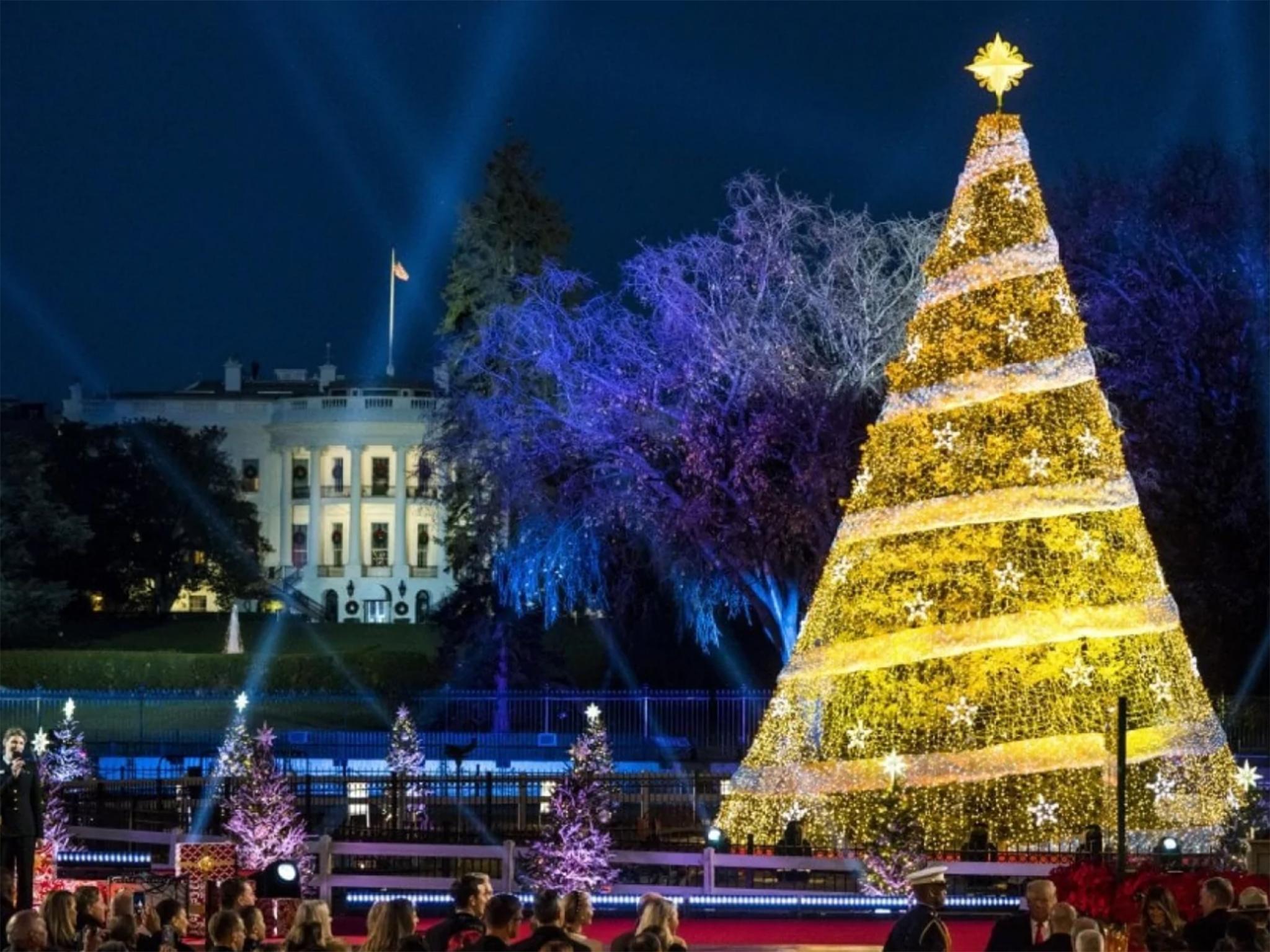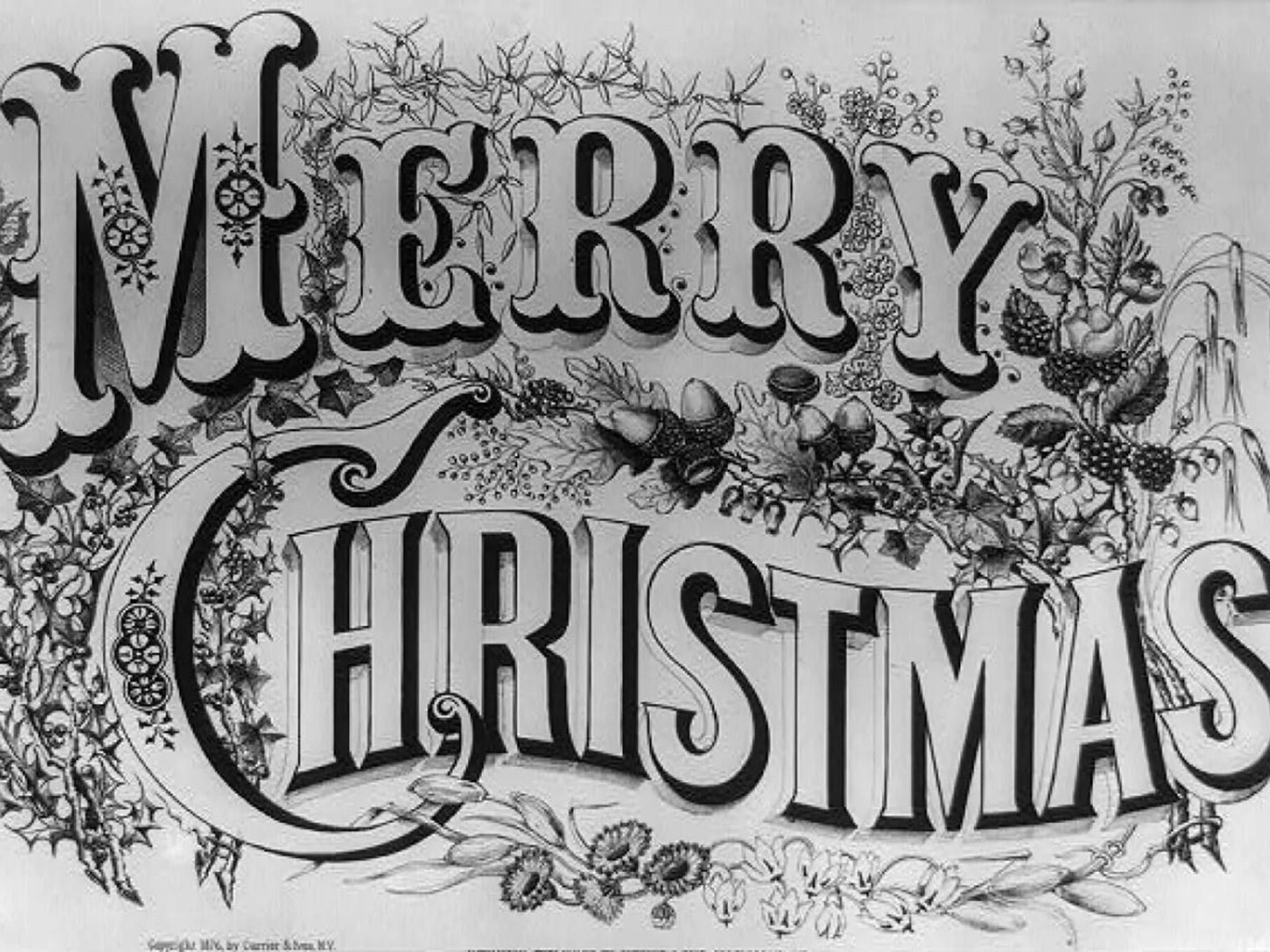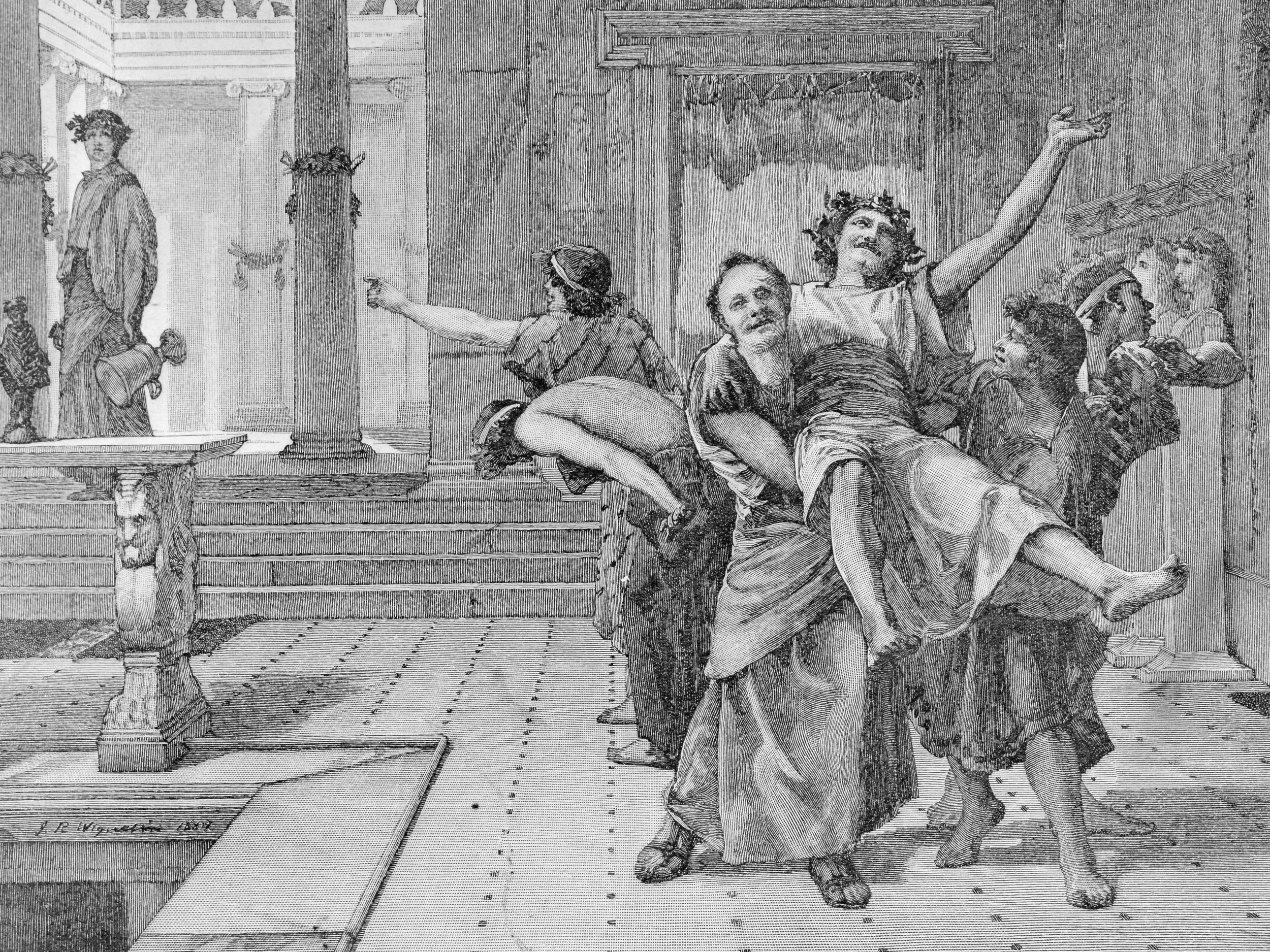How the 'War on Christmas' dates back to colonial America
In 1647, Christmas was seen as an unholy pagan ritual – and it's continually come under threat ever since, says Petula Dvorak

Your support helps us to tell the story
From reproductive rights to climate change to Big Tech, The Independent is on the ground when the story is developing. Whether it's investigating the financials of Elon Musk's pro-Trump PAC or producing our latest documentary, 'The A Word', which shines a light on the American women fighting for reproductive rights, we know how important it is to parse out the facts from the messaging.
At such a critical moment in US history, we need reporters on the ground. Your donation allows us to keep sending journalists to speak to both sides of the story.
The Independent is trusted by Americans across the entire political spectrum. And unlike many other quality news outlets, we choose not to lock Americans out of our reporting and analysis with paywalls. We believe quality journalism should be available to everyone, paid for by those who can afford it.
Your support makes all the difference.A town crier walks through the streets on Christmas Eve, yelling “No Christmas! No Christmas!”
Traditional Christmas foods are banned – no mince pies, and definitely no pudding. Stores are forced to stay open all day on 25 Dec, and children are required to go to school. Any violations of the ban on Christmas are a criminal offence.
What is this vision? Are we talking about the post-apocalyptic world predicted by Fox News, in which Hillary Clinton won and “Happy Holidays” became the law of the land? Was this what President Barack Obama was planning all along, as a secret Muslim?
Nope. This is what December looked like in 1647, when the Puritans banned Christmas in Boston because it was seen as nothing more than an unholy pagan ritual.
Even the day, 25 December, was likely pegged to the Roman, mid-winter festival of Saturnalia – according to biblical scholars who can’t quite agree on the day, month or even year that Christ was born. So what place did it have in the New World?
How’s that for a War on Christmas?

The alleged war predates Fox News and Trump’s “Merry Christmas” campaign promises. When the President lit the National Christmas Tree on Thursday, he was part of a holiday struggle as old as the colonies.
It began with Christians, yes. And the Puritan ethos held strong in New England for nearly 200 years when it came to Christmas. It wasn’t until 1870 that Christmas was even recognised as an official, federal holiday in America.
And no wonder it took so long. Christmas celebrations, as they were sporadically celebrated in our new nation, got a bad name in the 1826 Eggnog Riot.
Yes, you read that right. A bunch of whiskey was smuggled into the US Military Academy at West Point, and at least a third of the cadets – including Jefferson Davis, future president of the Confederacy – got so drunk on their spiked eggnog that they rioted until Christmas morning.
Christmas has been dividing the nation along predictable lines since before the Civil War. Pious Northerners preferred Thanksgiving over Christmas as their big holiday. Southerners, meanwhile, saw Christmas as one of the peak days of the social season, and it was made an official holiday in Alabama in 1836, then in Louisiana and Arkansas in 1838, long before it became a federal holiday.
And Santa was frequently deployed as a prop in both Union and Confederate propaganda during the Civil War. Harper’s Weekly ran a cartoon showing St Nick handing a puppet with a rope around its neck to Jefferson Davis. Meanwhile, the Richmond Examiner called Santa a “Dutch toy monger” and New York “scrub” who had nothing to do with a traditional Virginia Christmas.
And you thought Christmas dinner at Grandma’s was a battleground.
That 1870 decision to make Christmas an official holiday was President Ulysses S Grant’s attempt at unification. Nice try, Grant. The peace didn’t last long. The culture war over Christmas cranks up whenever the country experiences social change and upheaval.
In the 1920s, it was led by automaker and rabid antisemite Henry Ford. He published a newsweekly called the The International Jew and described the war on Christmas this way: “Last Christmas most people had a hard time finding Christmas cards that indicated in any way that Christmas commemorated Someone’s Birth.”
“The whole record of the Jewish opposition to Christmas ... shows the venom and directness of (their) attack,” Ford wrote.

The Great Depression and World War II gave the nation other things to worry about. But the obsession with an endangered Christmas came roaring back in the 1950s, when the John Birch Society decided that the glamorisation and commercialisation of Christmas was one big communist plot.
“One of the techniques now being applied by the Reds to weaken the pillar of religion in our country is the drive to take Christ out of Christmas – to denude the event of its religious meaning,” wrote Hubert Kregeloh in a Birch society pamphlet.
Kregeloh warned that holiday and winter decorations in stores that didn’t evoke Christ were “part of a much broader plan, not only to promote the UN but to destroy all religious beliefs and customs”. And he urged all Americans to boycott department stores without proper religious decor.
Sound anything like the effort a couple of years ago to boycott Starbucks because they decided on minimalist, all-red cups for the Christmas season? That’s right, the Reds are coming back.
Christmas is not in danger. In fact, 92 per cent of Americans asked by the Pew Research Centre in a 2013 study said they celebrate Christmas. Even 87 per cent of non-Christians said they celebrate the holiday.
The Puritans would be appalled.
© The Washington Post
Join our commenting forum
Join thought-provoking conversations, follow other Independent readers and see their replies
Comments